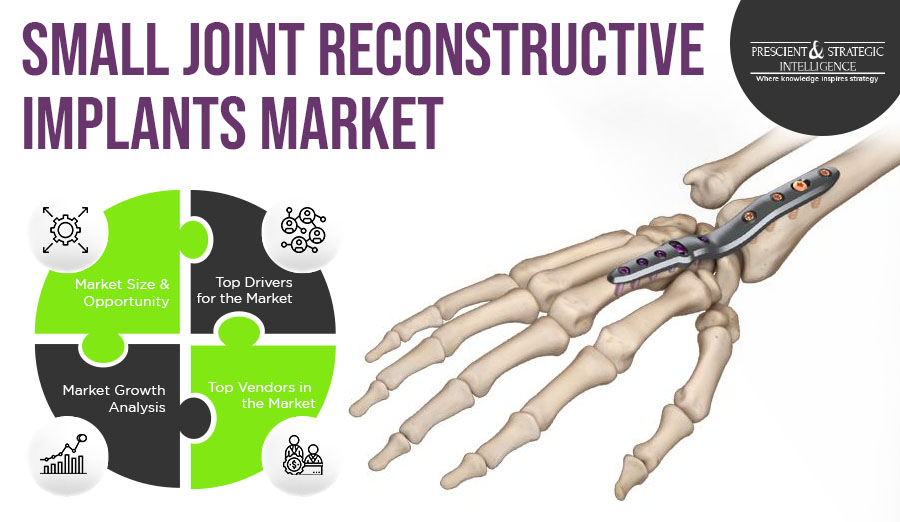Joint disorders and injuries can significantly impact a person’s life quality, limiting movement and causing chronic pain. Small joint reconstructive implants provide a ray of hope for individuals suffering from joint-related conditions in areas like the hand, wrist, foot, or ankle.
Understanding Small Joint Reconstructive Implants
Small joint reconstructive implants are artificial joints designed to replace damaged joints in the hand, wrist, foot, or ankle. These implants are typically made from biocompatible materials such as polymer or metal, ensuring durability and compatibility with the human body. The implants are just a replica of the natural joint structure, allowing for improved function and reduced pain.
These services are offered in ambulatory surgical centers (ASCs) and hospitals.
Applications of Small Joint Reconstructive Implants
Hand and Wrist
In cases of hand and wrist joints, implants can replace the affected joints, restoring motion and strength of the grip. Finger joints, thumb basal joints, and wrist joints are commonly targeted for implantation.
Foot and Ankle
Similar to hand and wrist joints, small joint reconstructive implants offer relief for patients suffering from foot and ankle conditions. Implants can replace damaged joints of the toes, metatarsals, or subtalar joints, addressing issues like arthritis or joint instability. These implants help in improving balance, walking, and overall foot function.
Benefits of Small Joint Reconstructive Implants
Pain Relief
Small joint reconstructive implants alleviate chronic pain associated with joint disorders or injuries. By replacing damaged or deteriorated joints, the implants help restore smooth movement, reducing inflammation, and relieving discomfort.
Restored Function and Mobility
Implants enable individuals to regain mobility and perform daily activities that were previously challenging or even impossible. Whether it’s gripping objects, typing on a keyboard, walking, or engaging in sports activities, small joint implants restore functionality, thereby enhancing the overall quality of life.
Improved Range of Motion
Joint disorders often result in a restricted motion. Small joint reconstructive implants restore the joint’s natural movement, allowing for a more improved motion. This improvement helps patients regain flexibility, perform tasks with ease, and participate in activities they enjoy.
Enhanced Stability and Joint Alignment
Small joint implants provide stability to joints affected by abnormalities or instability. By aligning the joint surfaces correctly, these implants improve joint stability, reduce abnormal movement, and prevent further damage.
Minimal Invasion and Quick Recovery
Compared to larger joint replacements, small joint reconstructive implants generally require smaller incisions and less invasive surgical techniques. This results in shorter recovery times, reduced scarring, and a faster return to normal activities.
Over the years, the requirement for small joint reconstructive implants in rising significantly across Asian countries, mainly due to the increasing number of orthopedic surgeries, unhealthy eating habits, and the mounting number of road accidents in this region.
Furthermore, as per the world health organization, injuries from road accidents are the main cause of death among people between the age of 15–44 in China.
With the rising elderly population and the increasing incidences of arthritis and osteoporosis all over the world, the requirement for small joint reconstructive implants will continue to rise in the years to come.


